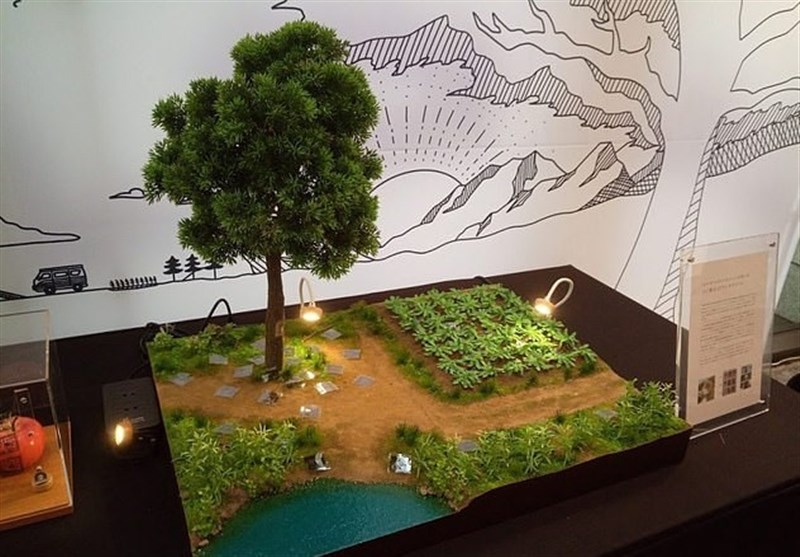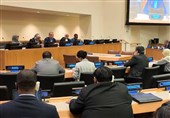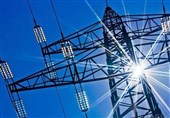Scientists Create Internet Connected Biodegradable Paper
TEHRAN (Tasnim) – Researchers in Japan have created a new kind of biodegradable, internet-connected piece of paper that’s just one millimeter thick.
Called nanopaper, the team believes it could change the way a wide variety of data is collected in nature.
The project was developed at Osaka University’s Institute of Scientific and Industrial Research (ISIR) by a team of scientists led by doctoral researcher Takaaki Kasuga, the Daily Mail reported.
The nanopaper is just one-1,000th the thickness of pulp paper and it has a smooth surface that’s similar to plastic in texture, according to a report in the Asahi Shimbun.
In spite of its feel, the nanopaper is designed to be biodegradable and have a minimal impact on the environment and not require any expensive maintenance.
In tests, the nanopaper had degraded by around 95 percent after 40 days in the ground, and its metal parts had been covered in non-toxic rust.
The researchers embedded a small hygrometer into the nanopaper, which allows it to take readings on humidity and water vapor levels in the air or soil wherever it’s placed.
With a hygrometer, the paper could take readings about moisture levels for scientific study or help farmers with large properties keep track of which fields need to be watered.
The hygrometer sends data to a small wireless sensor that can be used to transmit data online to other devices without needing immediate oversight.
It was consciously designed to be part of the Internet of Things (IoT), an online communication network that allows different items to communicate autonomously without humans.
The small size and lightweight form factor ensure that the nanopaper could be freely thrown on the ground anywhere a person wanted to gather data from, and with its biodegradable nature there would be no need to retrieve it again.
The team has been encouraged by early tests of its device and has plans to develop new versions that would allow it to take other types of readings.
One idea involves a built-in gas detector that could take readings from the mouth of volcanoes or other similarly dangerous or difficult to access areas.






